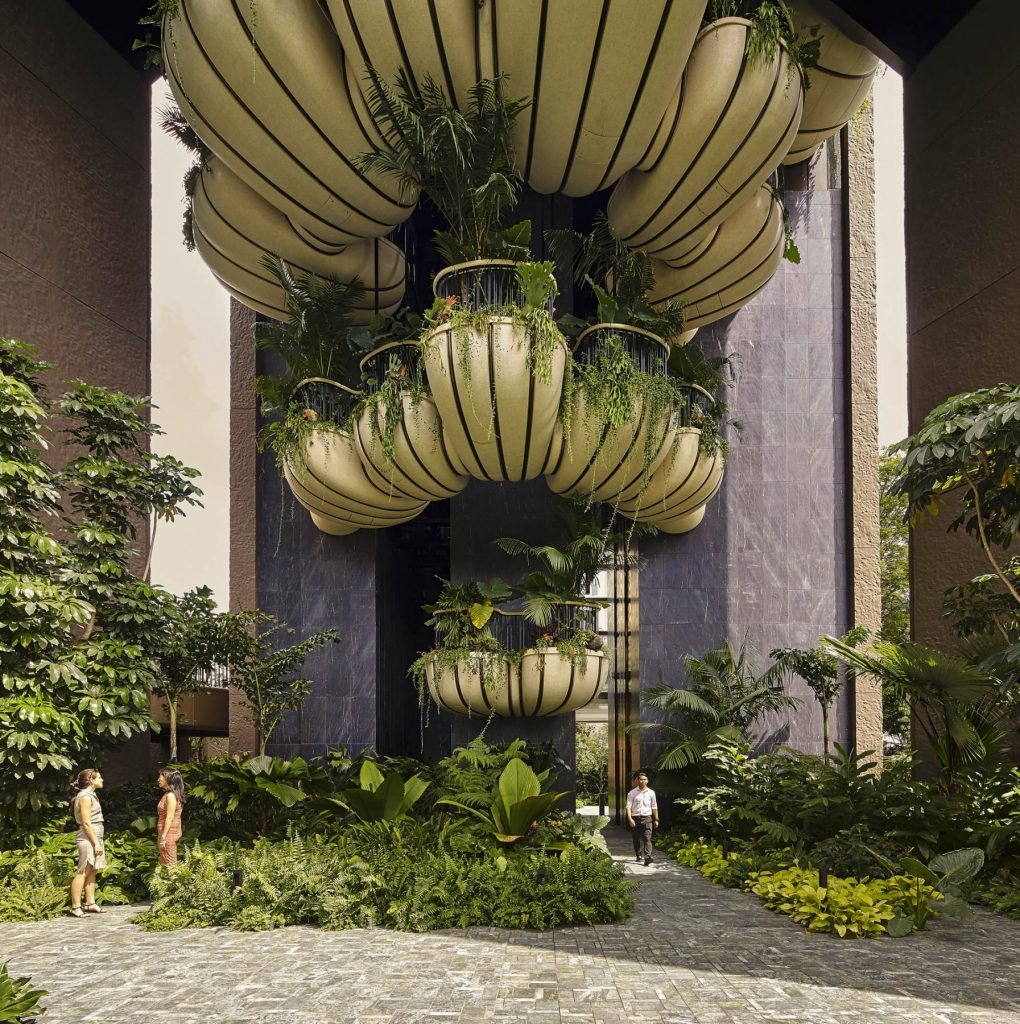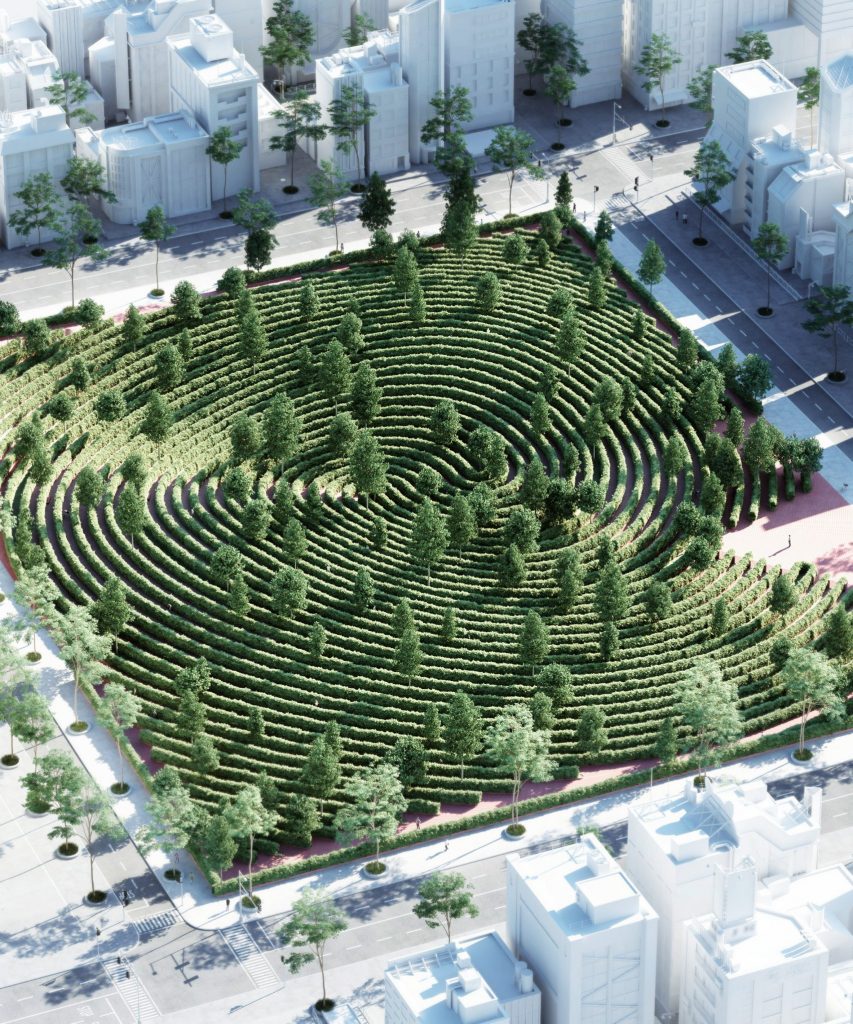I don’t know about you, but recently I have been feeling befuddled, not knowing what to turn to next to keep from sinking into the well of ennui. I sure do miss knocking around with friends and the freedom for a bit of rack-slapping-at-will, because you never know what sort of bargains you’ll find unless you’re looking, right?

So, I sit and I think. The word maze popped up and sent me down that rabbit hole of garden history. The labyrinth was a maze in its earliest form, a scared pathway to connect with the sacred by a manipulation of the natural world. A labyrinth is unicursal, there is one way in and one path to follow. It could be experienced by simply tracing the pattern with a thoughtful finger, alone with one’s thoughts, as a form of prayer. Only much later did mazes appear and become a popular part of lavish Renaissance gardens: the great maze at Hampton Court palace is one such, built for the amusement of bored 17th-century courtiers. I lived nearby this maze for some years, and my son and I would spend ages trying to find our way through its twists and turns without getting lost. Oddly, these “funfair’ mazes (thinking now of pumpkin and corn mazes) are generally angular in plan, where the ancient labyrinths were circular: they shared the same raison d’etre of getting to the heart of the matter and then finding one’s way out again.

It’s been said, and I forget where I read it, that nature grows in the round, while mankind builds in squares. But as architects and landscapers turn toward biophilic design, that seems to be changing: Biophilic is the practice of incorporating plants into built environments to better connect humans to the natural world. Thomas Heatherwick, an English architect, has gained prominence in this sphere, beginning with the design of a Maggie’s Centre in Leeds, England. A chain of cancer care centers, now numbering 26 across the UK, was started by the garden historian and designer Maggie Kewick Jencks (her husband was renowned landscape architect, Charles Jencks). Each Maggie Centre is unique but each is devoted to the concept that a fear of dying should not smother the joy of living. Heatherwick’s contribution is soothingly curved, wrapping itself around the site, and itself wrapped generously in a tranquil garden.

One of Heatherwick’s most recent projects, executed in Singapore, is pointedly called “Eden”; a residential tower block that marries curvaceous, gondola-like balconies attached to the core apartments protruding from the flat planes that house services and access; it’s like a cube spread open at the corners so its inner floribunda can burst forth. As he describes it on his studio’s website, the approach would seem to have the notion of a maze, albeit an abstract one, at its heart, “The apartments are lifted 27 metres [approximately 88 feet] above an intensely planted ground-level tropical garden. The greenery from the garden is threaded upwards and around the building… Over time, the building is designed to mature, as the lush planting grows, like a sapling that has taken root beneath the streets, pulling the landscape of Singapore up into the sky.”

Rising to the challenge to design socially-distanced environments for relaxation and play in the time of coronavirus, Architect Chris Precht’s studio advances a biophilic concept of an alone-together stroll garden in the shape of a hedge-maze that takes its pattern from a human fingerprint. Named Parc de la Distance, the swirls of the hedge maze keep each path separate, with “traffic controls” at the entrance and exit to allow individuals access to take the roughly 20 minute stroll along the nearly one mile of winding paths. It is Pracht’s belief that cities should be “greener” to not only help counter balance climate change but to improve our emotional well-being. “We believe in green architecture. Buildings that use natural materials and give space back to plants,” he says, adding that losing contact with nature won’t help us to confront future calamities.
©Ethne Clarke, 2021
To learn more about the architects and their work discussed in this article, follow these links:
Some information about Hampton Court Maze can be found here


